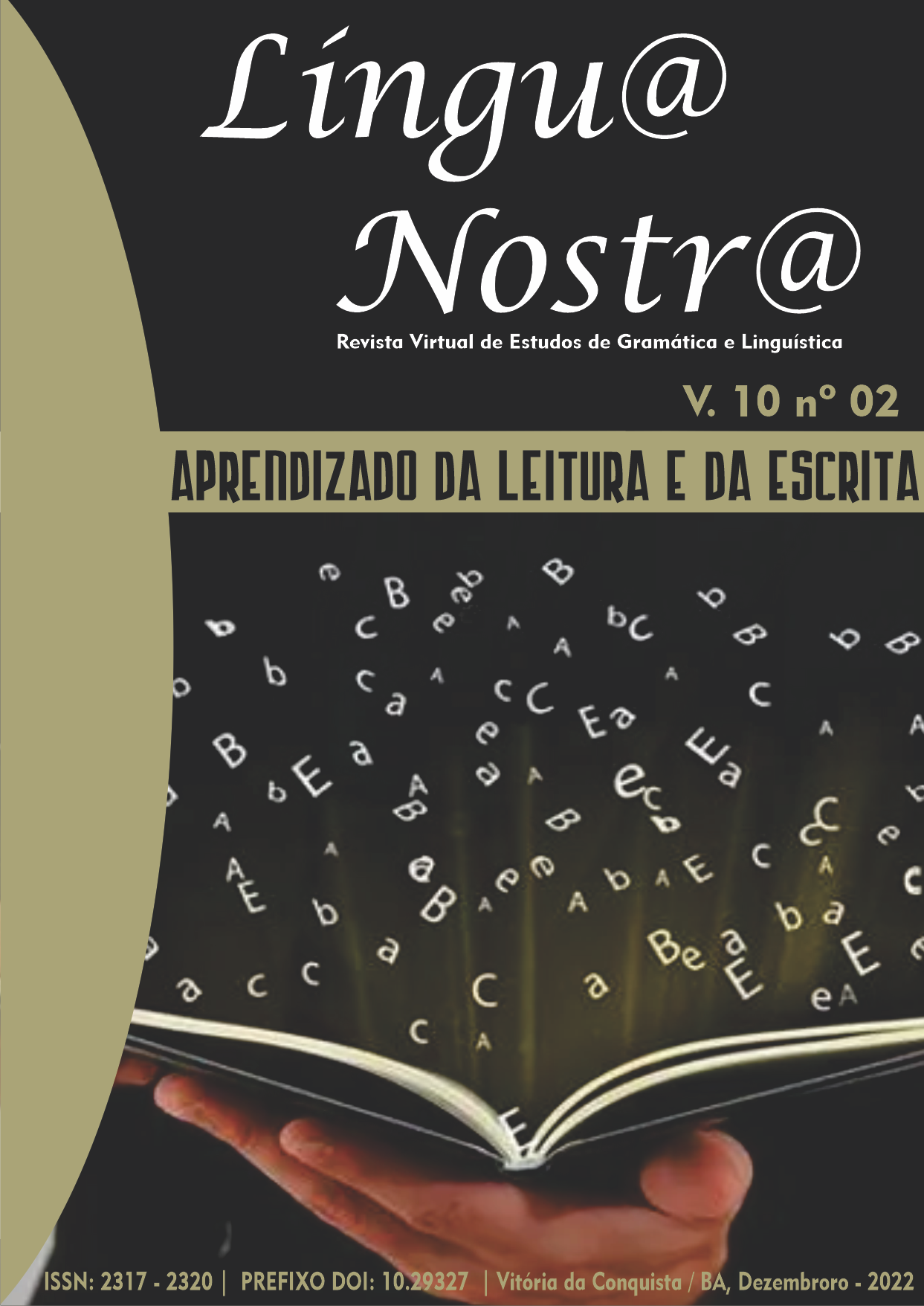READABILITY INDEXES AND DIDACTICS TEXTS: A MATTER TO BE DISCUSSED
DOI:
https://doi.org/10.29327/232521.9.1-24Keywords:
Reading, Readability, Didactic textAbstract
The presente paper aims to discuss the adequation of texts from textbooks for the 5th to the 9th grades using Readability indexes to each text. Learning to read is one of the greatest challenges the school faces and there are many studies that point to the various aspects which involve reading and the reader. Among them we highlight the difficulty level of the didactic texts because it is still a matter with less attention in Brazil. According to this perspective, the research question we make is as follows: Are the texts from textbooks made for the 5th to the 9th grade students adequate to this grades? The main objective is to measure the Readability level of texts, as well as to evaluate its formal aspects qualitatively. In order to measure the Readability leve, the tool “Coh-Metrix-Port”, developed by Scarton e Aluísio (2010), based on the original tool “Coh-Metrix”, created for texts in English, was used. The results point to a great distance between the grade in which the students are and the texts which the students find on textbook, then the majority of the texts reaches levels that rates them among the highschool level and even among undergraduate level. Further and deeper investigations must be conducted to verify to which point didactic texts can be an obstacle for learning to read and learning in general.
Downloads
References
DALE, E.; CHALL, J. The concept of readability. Elementary English, Vol. 26, No. 1, 1949, p. 19-26.
DUBAY, W. H. Smart language: readers, readability, and the grading of text. Costa Mesa, CA: Impact Information, 2007. Disponível em: https://files.eric.ed.gov/fulltext/ED506403.pdf . Acesso em 12 mar 2022.
DUBAY, W.H. DUBAY, W. H. The Principles of Readability. Costa Mesa, CA: Impact Information, 2004. Disponível em: https://files.eric.ed.gov/fulltext/ED490073.pdf . Acesso em: 12 mar 2022.
GRAESSER, A. C.; MCNAMARA, D. S.; LOUWERSE, M. M.; CAI, Z. Coh-Metrix: Analysis of Text on Cohesion and Language. Behavior Research Methods, Instruments, and Computers, 36, 2004, 193-202.
MARTINS, T. B. F.; GHIRALDELO, C. M.; NUNES, M. G. V.; OLIVEIRA, O. N. J. Readability formulas applied to textbooks in Brazilian Portuguese. Notas do ICMSC. São Carlos: USP, 1996.
PONOMARENKO, Gabriel. Índices para cálculo de Leiturabilidade. 2018. 34 slides. Disponível em: http://www.ufrgs.br/textecc/acessibilidade/files/Índices-de-Leiturabilidade.pdf. Acesso em: 10 mar 2022.
SCARTON, C. E.; ALUÍSIO, S. M. Análise da inteligibilidade de textos via ferramentas de processamento de língua natural: adaptando as métricas do Coh-Metrix para o português. Linguamática, 2(1), 2010, p. 45-62.
TRAVAGLIA, L. C. A caracterização de categorias de texto: tipos, gêneros e espécies. Alfa, 51 (1), 2007, p. 39-79.
TRAVAGLIA, L. C. Tipologia textual, ensino de gramática e o livro didático. In: HENRIQUES, C.C.; SIMÕES, D. (orgs.). Língua e cidadania: novas perspectivas para o ensino. Rio de Janeiro: Ed. Europa, 2004, pp. 114 – 138.
Downloads
Published
How to Cite
Issue
Section
License
Copyright (c) 2023 Língu@ Nostr@

This work is licensed under a Creative Commons Attribution 4.0 International License.






